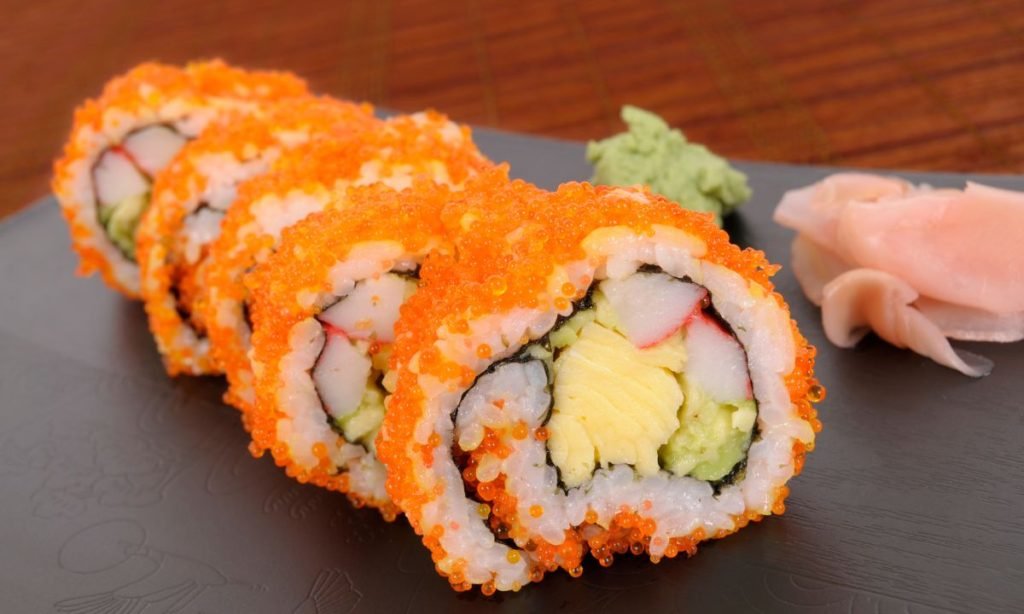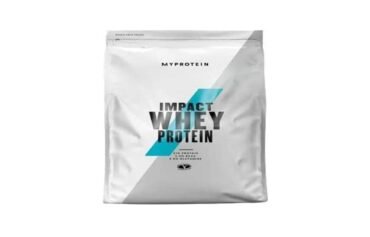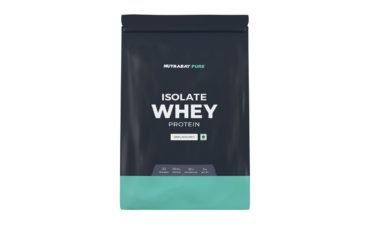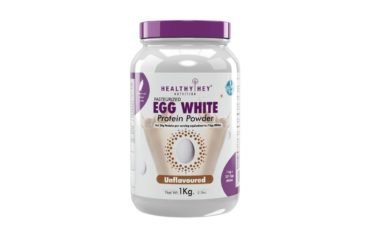Sushi rolls can have more calories and sodium than you might expect, despite being relatively small and frequently thought of as a dish that supports weight loss. Since most sushi rolls are constructed with 3 to 4 ounces of white rice, each sushi roll has roughly 140 calories, 30 grammes of carbohydrates, minimal protein, and nearly no fibre. Although brown rice has more fibre than white rice, it still has almost the same amount of calories and carbohydrates.. In this post we will learn about the calories and carbs in sushi roll.

- Salmon Avocado Roll
- Dragon Roll
- California Rolls
- Salmon and spicy tuna rolls
- Tempura shrimp roll
- Rainbow roll
- Healthier sushi options
- FAQ’s
- Risks Due To Carbs In Sushi Roll?
- Sushi Is It Safe To Carb Load?
- Is Sushi Healthy or Fattening?
- Rice Paper Rolls: How Many Carbs In Sushi Roll?
- Sushi rolls: How Many Carbs Are There?
- Reasons Not to Eat Sushi
- Are rice paper rolls low in carbs?
- Does California Roll Have a Lot of Carbs?
- Sushi: A Healthy Post-Workout Meal?
- Conclusion
Also Read: Alaska Roll Sushi Recipe Under 1 Hour
Salmon Avocado Roll
Raw salmon is used to make this roll. Raw salmon, white rice, avocado, pickled ginger, sesame seeds, seaweed, and lettuce are rolled up with mashed avocado.
A salmon avocado wrap with two to three pieces (100 grammes) contains:
- 179 calories
- 5.8 grammes of protein
- 30 grammes of carbs
- 4.6 grammes of fat
- 357 mg of sodium, or almost 15% of the DV
Dragon Roll

Dragon roll sushi comes in a variety of forms, including vegetarian and eel-based variations.
Additionally, imitation crab, tempura shrimp, avocado, cucumber, mayonnaise, and an unagi sauce consisting of soy sauce, sugar, and caramel colour are acceptable additions.
When compared to freshly prepared sushi at a restaurant, boxed dragon roll sushi contains significantly fewer calories and fewer ingredients. Read any available nutrition tables on restaurant menus or product packets for the most up-to-date information.
Prepackaged dragon roll sushi with fake crab and eel typically weighs 100 grammes (2 to 3 pieces) and contains:
- 175 calories
- 4.8 grammes of protein
- 20.6 grammes of carbs
- 7.9 grammes of fat
- 397 mg, or 16.5 percent of the DV, of sodium
California Rolls

Popular sushi called a “California roll” is constructed with cooked imitation crab, avocado, and cucumber.
Imitation crab, often known as surimi, is created from a fish species called pollock. The California roll is a safer option for women who are pregnant but still want to eat sushi because pollock has a low mercury content.
This roll is a fantastic choice for individuals who want to experience sushi but are hesitant to eat raw fish because the fake crab is precooked.
There are two to three pieces (100 grammes) in each package contain:
- 93 calories
- 2.9 grammes of protein
- 18.4 grammes of carbs
- 0.7 grammes of fat
- 428 mg of sodium, or almost 18% of the recommended daily intake (DV)
Salmon and spicy tuna rolls
White rice, vinegar, avocado, cucumber, sesame seeds, and a chilli sauce for flavour and heat are used to make these rolls.
They either have raw salmon or tuna in them. Sashimi is the name for raw fish in Japanese.
A spicy tuna roll with two to three pieces (100 grammes) contains:
- 175 calories
- 7.5 grammes of protein
- 16.7 grammes of carbs
- 17.5 grammes of fat
- 217 mg, or 9% of the DV, of sodium
A spicy salmon roll with two to three pieces (100 grammes) contains:
- 190 calories
- 6 grammes of protein
- 24 grammes of carbs
- 6 grammes of fat
- 330 mg, or 13.6 percent of the DV, of sodium
Tempura shrimp roll
Japanese people use the word “tempura” to describe foods that have been lightly breaded and deep-fried, whether they be vegetables, seafood, or meat.
In order to make this roll, shrimp are battered with flour, eggs, and breadcrumbs, deep-fried, and then served with a tempura sauce comprised of soy sauce, sugar, and a sort of rice wine known as mirin.
Another excellent sushi choice if you prefer cooked fish to raw or like crispy textures is shrimp tempura.
In two to three pieces (100 grammes) of shrimp tempura contain:
- 175 calories
- 3.7 grammes of protein
- 25 grammes of carbs
- 15.9 grammes of fat
- 421 mg, or 17% of the DV, of sodium
Rainbow roll
The rainbow roll, which blends fake crab with raw fish like tuna, salmon, tilapia, or shrimp, might be thought of as a more daring sushi meal.
Along with wasabi, pickled ginger, and soy sauce, it also includes avocado, cucumber, mayonnaise, and sesame seeds. All of these ingredients are wrapped in seaweed.
The following ingredients can be found in two to three rainbow roll pieces (100 grammes):
- 146 calories
- 7.3 grammes of protein
- 17 grammes of carbs
- 15.7 grammes of fat
- 301 mg, or 12.5% of the DV, of sodium
Healthier sushi options
Traditional sushi dishes from Japan often have few ingredients and few calories.
However, popular westernised versions of sushi frequently contain high-fat items and sauces, increasing their calorie content.
Furthermore, adding a lot of soy sauce while serving sushi introduces a lot of sodium, regardless of the variety you choose. This may be cause for concern, particularly for those who have high blood pressure.
Here are a few quick tips for making your upcoming sushi night healthier:
- Select different grains. Some restaurants offer sushi cooked with brown rice or quinoa instead of white rice, though these choices are less well-liked. This may increase your meal’s fibre and nutritional value.
- Avoid rice. Sashimi is a low-calorie, rice-free alternative. If you don’t mind eating raw fish, this might be the healthiest option.
- On the side, order some soy sauce. The high sodium content of soy sauce has been linked to heart disease and high blood pressure. If you want to add flavour, keep the soy sauce on the side and delicately dip your sushi instead of dousing it in it.
- Select low-fat. Sushi cooked with mayonnaise and cream cheese, as well as tempura sushi, have more calories. You can choose to consume these less frequently than lower-fat substitutes.
- Observe the sides. Wasabi, edamame beans, miso soup, pickled ginger, and other sides are frequently offered with sushi. Don’t just rely on soy sauce for flavour when using these sides; instead, experiment with different tastes and textures.
- Wherever feasible, choose fresh. There are frequently fewer components in freshly produced sushi than in pre-packaged sushi. For instance, additives are frequently used in packaged kinds to increase their quality and safety as well as their shelf life.
FAQ’s
Risks Due To Carbs In Sushi Roll?
Sushi contains a lot of refined carbohydrates. You might become more inclined to overindulge, which could increase your risk for heart disease, type 2 diabetes, and inflammation.
Sushi Is It Safe To Carb Load?
Sushi is a basic source of the nutrients that runners need to fuel their runs and recuperate after them, including carbs, protein, healthy fats, fibre, vitamins, minerals, and antioxidants. However, this excludes the addition of toppings and sauces.
Is Sushi Healthy or Fattening?
Sushi is a fantastic, nutritious dish. It contains a lot of heart-healthy omega-3 fatty acids because of the fish it is manufactured from. Sushi has fewer calories because there is no extra fat to it. The most popular kind of sushi is nigiri, which consists of little fish fillets placed on top of sticky rice fingers.
Rice Paper Rolls: How Many Carbs In Sushi Roll?
20g, or two pieces, per serving: Fiber 30g, protein 0g, and energy 290kJ. The 2g of calories come from the 0g of fat. Less than 0 grammes of fat make up 2 grammes. 1 gramme of sugar contains 16 grammes of carbohydrates. Less than 0 grammes should be present in the sugar content. 1g, 174mg of sodium, and sodium chloride; gluten-free.
Sushi rolls: How Many Carbs Are There?
There are 16. 7 grammes of carbs. 7. 5 grammes of fat. This beverage contains 217 mg, or 9% of the total, of salt.
Reasons Not to Eat Sushi
In addition to salmonella, improperly prepared raw seafood and meat can also result in foodborne illness. Dr. Dempsey cautioned that poisoning from sushi can occur in addition to poisoning from salmon. Even viral diseases like the norovirus have been linked to eating raw sushi.
Are rice paper rolls low in carbs?
Because the ingredients are wrapped in a very thin layer of rice paper, it has few carbs (carbohydrates).
Does California Roll Have a Lot of Carbs?
Even while a California roll may seem healthy, it’s not the ideal choice because it is really a carb roll made of rice and seaweed with vegetables, imitation crab meat, and roe on top. (California rolls are so low in protein, fibre, and fat that after consuming them for a while, you might feel hungry again.
Sushi: A Healthy Post-Workout Meal?
Fish is a fantastic source of lean protein that will help you grow muscle when you workout vigorously. Google/Alex B. Sushi is particularly rich in fish-derived carbohydrates and protein. For post-workout meals and snacks, Martinez claims that fish and chicken are the finest sources of lean protein.
Conclusion
A common Japanese cuisine known as sushi is constructed from raw and cooked fish, veggies, rice, and seaweed.
Although traditional sushi from Japan only has a few ingredients and is low in calories, several variations of the dish use foods that are heavy in fat and have more calories as a result.
Carbs in sushi roll range from 18 to 30 grams per 100 grams, or roughly 2 to 3 pieces, with vegetarian, rice-free, and non-fried versions having lower calorie counts.
To ensure that your daily intake is within recommended limits, pay attention to the sodium amount in addition to the fat and calorie content.






